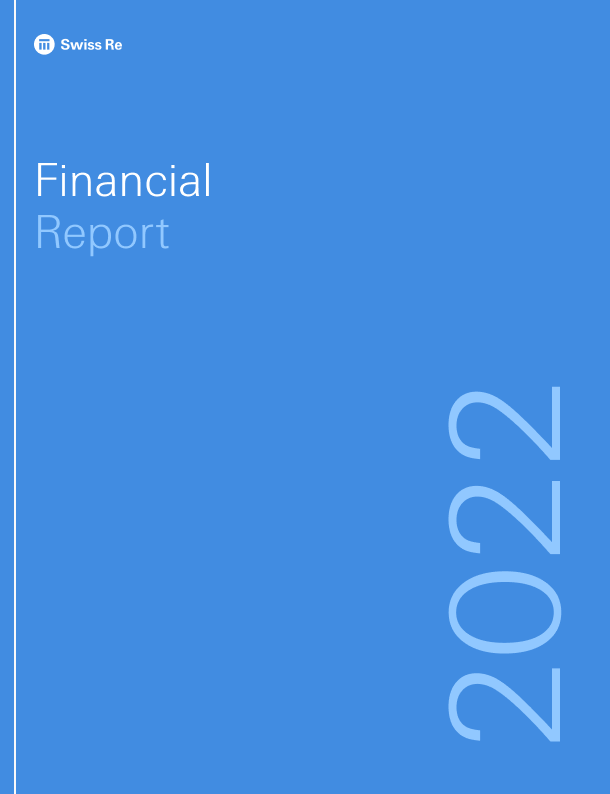A business built on diversification and knowledge
In 1906, Swiss Re had already built a globally diversified business, which helped it through the San Francisco earthquake. Today, Swiss Re’s natural catastrophe business is further diversified both globally and across a range of perils. The natural catastrophe business is also just one part of Property & Casualty Reinsurance’s (P&C Re) portfolio, alongside other areas, such as the casualty business. And with the purchase of Life Re in 1998, Swiss Re entered life reinsurance, further diversifying its business.
In order to participate in such a diverse range of global risks, Swiss Re places an emphasis on research and development activities. For the natural catastrophe business, Swiss Re currently employs more than 50 dedicated scientists who maintain around 200 natural catastrophe models. These models provide insights into over 90% of the world’s insured exposures. Modelled perils range from hurricanes and tornados to earthquakes, floods, winter storms, wildfires and volcanos.
In 2022, Swiss Re Institute implemented major updates to many of these, including the Tropical Cyclone North America model and several large earthquake models. Recent updates also incorporated the impact of economic growth, demographic change and climate change risks.
Research and development over the last three years has also yielded new models and model updates for so-called “secondary perils“, which are usually smaller natural catastrophes such as flash floods or wildfires. These typically generate losses of low to medium magnitude but can happen relatively frequently.
Losses from these events have been trending upward since the 1970s. Swiss Re’s models have been updated to ensure they account for this trend.
Financial value
Natural catastrophe reinsurance is an indispensable shock absorber for the global financial system. Natural catastrophe losses are increasing, fuelled by a mix of economic growth, urbanisation, wealth accumulation in disaster-prone areas, such as on the coasts, and climate change. However, the reinsurance market is growing to support the need for more coverage. Currently, natural catastrophe reinsurance represents an estimated USD 45–50 billion business in annual premiums, with an annual growth rate of 7–8% since 2000 – outpacing GDP growth.
Swiss Re has carefully steered its natural catastrophe business over this time, maintaining its position as a market leader while carefully managing exposure to potential losses.
One important reason why reinsurance can grow despite the increase in natural catastrophe losses is that contracts for property insurance can be renewed on a regular basis – usually annually. This means that the long-term trends can be priced into renewals cycles from year to year.
















